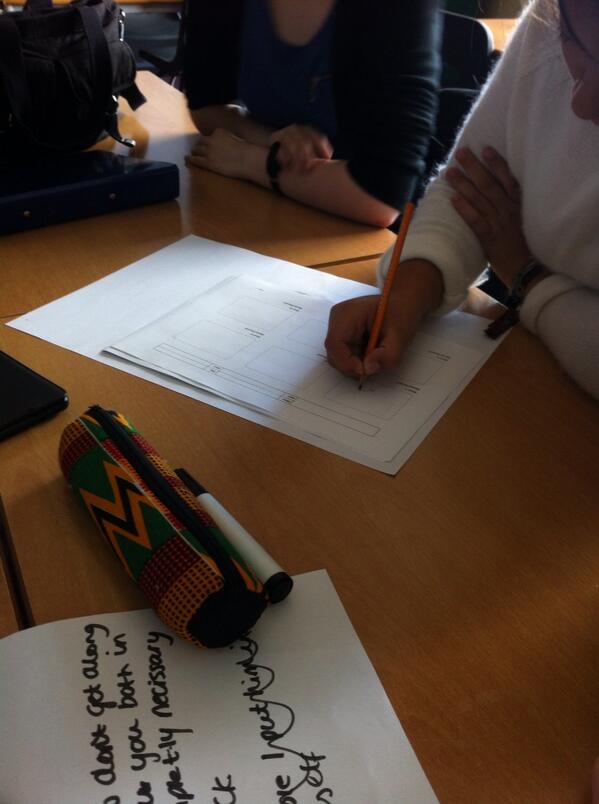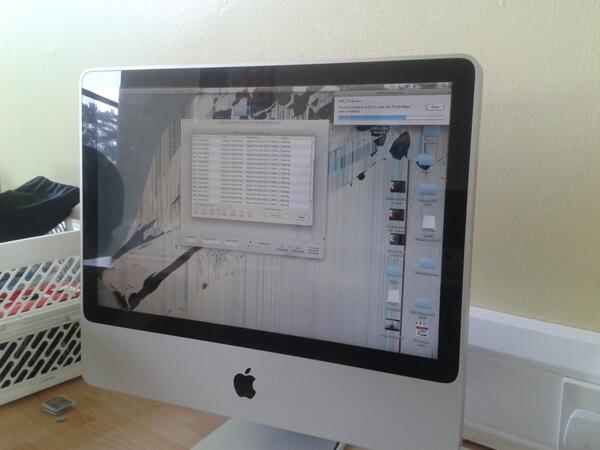
- Adding shots like these provided the audience with more elements with which to understand the film in a greater depth and feeling.
To learn about this we completed the same 'Mad Max' we did with shrinking time. The difference being that this time, we expanded time by adding in close up shots of aspects like his hands or his eyes to create more tension/ overall emotion to the scene.
finally we applied this process to our prelim tasks by adding in different shots and adding in more time between cuts we spread the clip out and created more tension at certain key points in the film.







